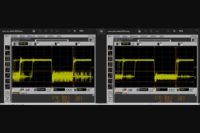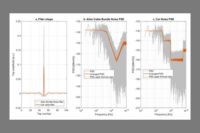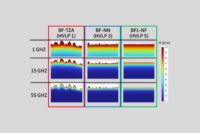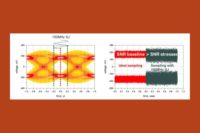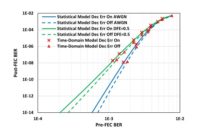Signal Integrity
Noise in Traffic: Signal Emulation for Automotive Apps
DesignCon 2023 Best Paper Award Winner
Read More
Finite Element Modeling of Copper Foil Loss From AFM Measurements
DesignCon 2023 Best Paper Award Winner
Read More
Rigorous Correlation Methodology for PCIe Gen5 & Gen6 DSP Based IBIS-AMI Models
DesignCon 2023 Best Paper Award Winner
Read More
Data-Efficient Supervised Machine Learning Technique for Practical PCB Noise Decoupling
DesignCon 2023 Best Paper Award Winner
Read More
Statistical BER Analysis of Concatenated FEC in Multi-Part Links
DesignCon 2023 Best Paper Award Winner
Read More


